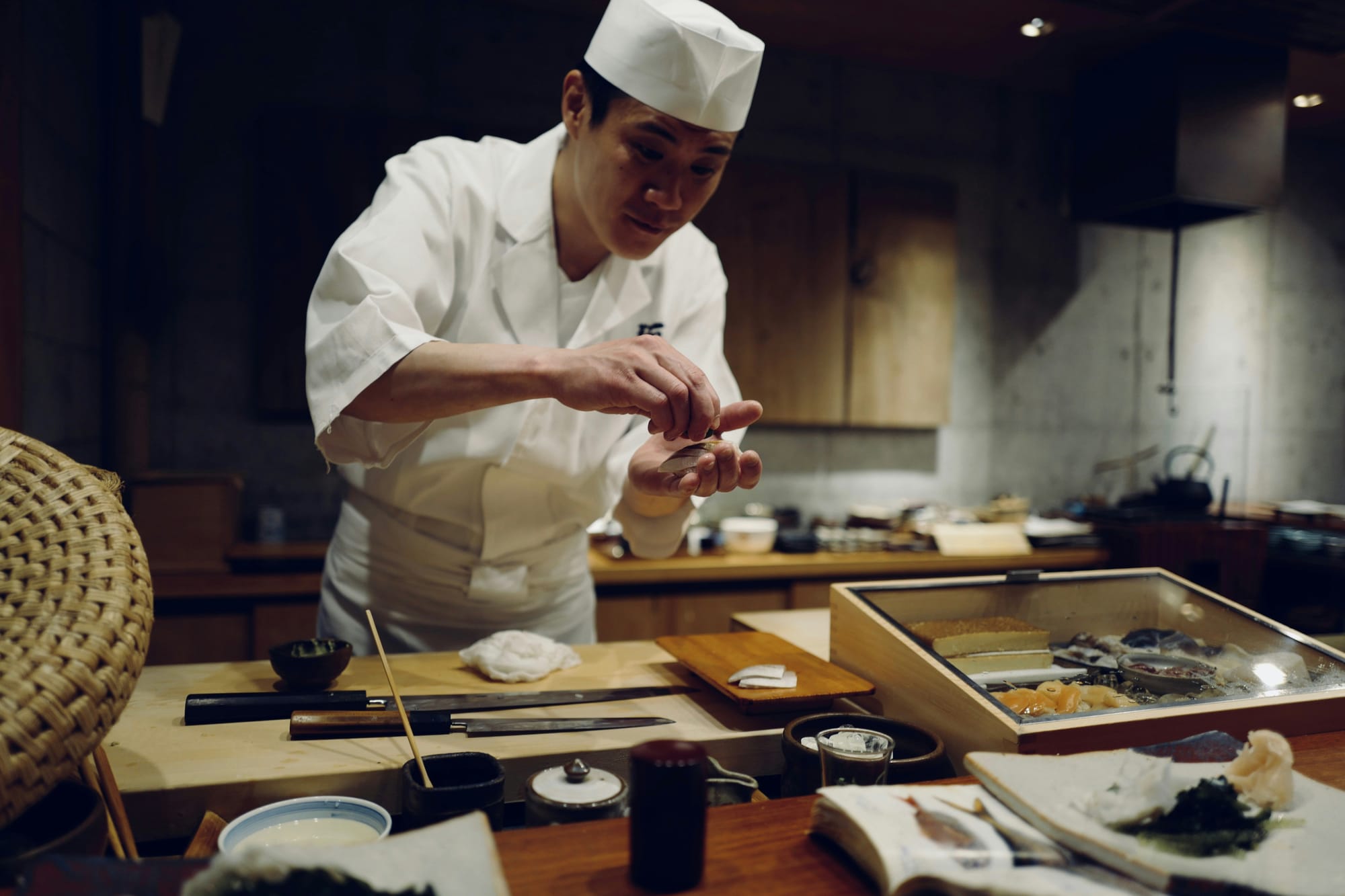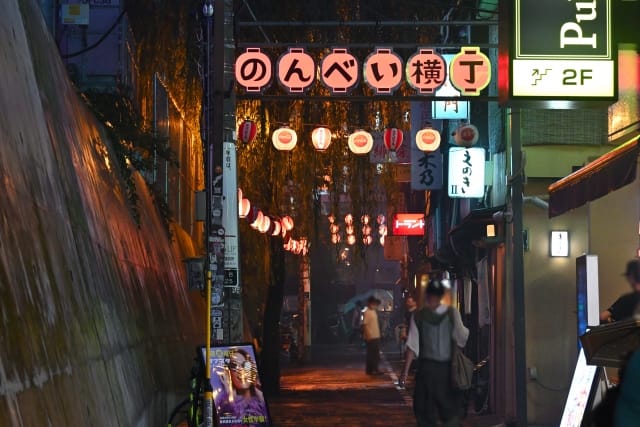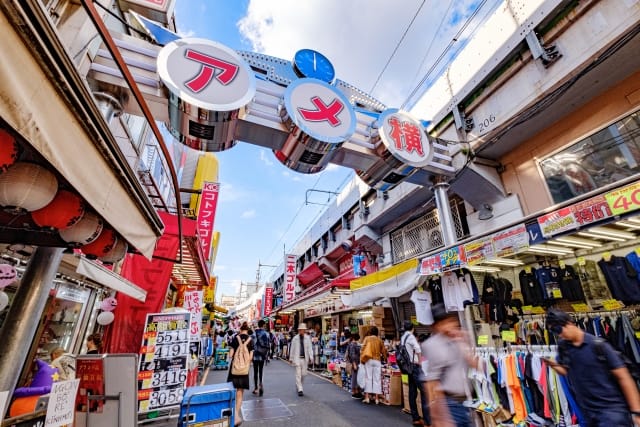What is "Omakase" at Sushi Restaurants?
Hello, I’m Fujito—a sushi chef working in Tokyo.
When people think of Japanese cuisine, sushi is often the first thing that comes to mind. But did you know that there are many different ways to enjoy sushi—and a variety of sushi restaurants to choose from? Whether you're a first-time visitor or a sushi enthusiast, understanding these differences can really enhance your dining experience in Japan.
The most accessible type of sushi is conveyor belt sushi. Inside these restaurants, a conveyor belt runs around, carrying sushi made by chefs. The seats are arranged along the belt, and you can freely take any plate that appeals to you. If you don't see what you want, you can also place an order.
There are also standing sushi bars. These are popular for quick lunches when time is limited, as you can drop by and eat quickly when you're feeling a bit hungry.
At the top end, you’ll find high-class sushi restaurants where chefs—known as “Taisho,” like myself—prepare each piece of sushi by hand. These experiences have become especially popular with foreign guests in recent years. It’s a truly luxurious moment when a chef crafts each bite just for you, and in most of these places, the highlight is the “omakase” course.
In such restaurants, the "omakase" course is the main offering.

What exactly is "Omakase"?
Leaving the menu to the chef
"Omakase" comes from the Japanese word meaning "to entrust" and refers to entrusting the menu to the sushi chef (called Taisho) of the restaurant.
The Taisho is very particular about everything from selecting the fish, processing methods, to making the shari (rice part of sushi) which is crucial for sushi, and balancing the flavors. Since freshness is extremely important for fish, the best fish and the best way to eat them vary by season and even by day.
In an omakase course, the menu is not fixed. Based on the chef's experience, they provide the best sushi in the best condition and balance for that day. It's like experiencing the pinnacle of sushi.
The price is not fixed
Most often, the price for an omakase course is not set. Expect to pay at least 5,000-10,000 yen. This is because the Taisho focuses on quality and selects the best ingredients without worrying about the price. While this results in excellent sushi, it can also lead to surprisingly high bills at the end of the meal.
Of course, pricing varies by restaurant, but if you have a budget in mind, it's recommended to inform them at the beginning. If you have a specific restaurant in mind, check reviews from previous customers to get an idea of the average price beforehand.
You get to taste seasonal ingredients
Japan has four distinct seasons, and the fish and vegetables available vary with each season. Japanese cuisine places great importance on the timing of when ingredients are harvested, and the ways of eating them also differ.
For example, the beginning of a food's season is called "Hashiri," the peak time when the food's characteristics are most prominent and delicious is called "Shun," and the end of the season is called "Nagori."
In high-end sushi restaurants, the omakase course will serve sushi made with fish that is in its "shun" or peak season, prepared in the best way for that particular day.
Tea signifies the end of the course
While the flow of an omakase course may differ by restaurant, it typically starts with small dishes called "otsumami," which include sashimi, simmered dishes, and grilled items. These high-quality ingredients prepared in the chef's unique way are sure to impress from the start.
Experienced diners might enjoy some sake alongside, calming their mood and letting their stomach rest before moving on to the main sushi course. About 8-10 pieces of sushi are served one by one, freshly made.
They are served at a pace matching your eating speed, so eat at your own pace. After rolled sushi and egg sushi, when tea or a small bowl of soup is served, it signals the end of the course.
What if I want to order my favorite sushi?

With "omakase," you can enjoy seasonal fish prepared in the best way. However, if you're a sushi lover, you might want to eat your favorite items too, right? Personally, when I go to a sushi restaurant, I almost always want to eat ikura (salmon roe) and uni (sea urchin).
In fact, most restaurants will ask if you want to order anything additional after the main course is finished. This is when you can order your favorites (additional charges apply).
Typically, it's common to first enjoy the restaurant's "omakase course" and then order these favorite items (called "okonomi" in Japanese) before or after the rolled sushi.
Including these additional orders, expect the meal to last about 2 to 2.5 hours.
What if I have food dislikes or allergies?
If you have dislikes or allergies, most places—mine included—will do their best to accommodate. We chefs care about the experience of each guest, so we’ll always try to make sure your meal is safe and enjoyable. That said, please let us know in advance—last-minute requests can be tricky, even for us.
While the Taisho is particular about ingredients and cooking methods, they also care about customer satisfaction and will try their best to meet your requests to ensure you don't feel stressed.
However, it might be difficult to accommodate if you inform them only when you arrive at the restaurant. If you have any requests, it's best to inform them when making a reservation. If you're unsure, calling is recommended.
However, many restaurants may not be able to accommodate English, so if possible, send your requests via email or through the official website's inquiry form.
Etiquette at sushi restaurants
As mentioned earlier, most restaurants offering omakase menus are high-end establishments with particular chefs. Therefore, there are general manners for high-end sushi restaurants, and each restaurant may have its own rules, so please check these in advance.
Here are some general manners for high-end sushi restaurants:
Remove your wristwatch
First, remove your wristwatch before entering the restaurant or when you sit down, and put it in your bag! It's etiquette to remove your watch to avoid scratching the valuable and expensive counter.
Many high-end sushi restaurants have counter seating, and the counter is often made from a single piece of wood called "ichimaiita." This single piece of wood is actually very expensive. Moreover, the wood commonly used, such as cypress or cedar, is soft and easily scratched. Even rings or bracelets can cause scratches, so remove them before sitting down.
No perfumes or cigarettes
Also, be careful not to wear perfume when going to a high-end sushi restaurant.
This is because sushi is enjoyed not only for its appearance and aroma before eating but also for the flavors that spread in your mouth after eating. These are very delicate, and other scents can interfere with the true taste of the sushi.
Some restaurants are quite strict about the use of perfumes. It's best to avoid not only perfumes but also deodorants or fabric softeners with strong scents. If you must use something, use unscented products as a matter of etiquette. Of course, smoking is not allowed inside the restaurant. Try to refrain from smoking before going to a sushi restaurant as well.
Don't take photos without permission
You might want to take photos of the beautiful atmosphere and the visually stunning sushi. Just in case, please ask the Taisho for permission before taking photos.
Basically, in high-end sushi restaurants, you enjoy sushi quietly. Many other customers are focused on their sushi, so sudden camera sounds can disrupt the atmosphere.
On the flip side, being able to enjoy sushi in such a refined atmosphere is precious, so we want you to fully experience that atmosphere. Since freshness is crucial for sushi, if you do take photos, try to eat quickly after the sushi is served.
Conclusion
We've introduced you to the world of high-end sushi restaurants, an essential part of Japanese food culture.
While the etiquette might seem strict, it allows you to concentrate on the taste and enjoy a refined time and space. Please go and enjoy without feeling too nervous!
These manners are there to help you enjoy sushi in its best condition, and by being mindful of them, you can enjoy your sushi more deliciously and pleasurably! The time you spend savoring a Taisho’s carefully crafted omakase course—whether at my restaurant or another—is something truly special. It’s a moment where tradition, technique, and taste come together in a uniquely Japanese way.
Each restaurant has its own concept and way of serving sushi, so while it can be expensive, it can be fun to visit different places on different days. Enjoy your sushi experience!



